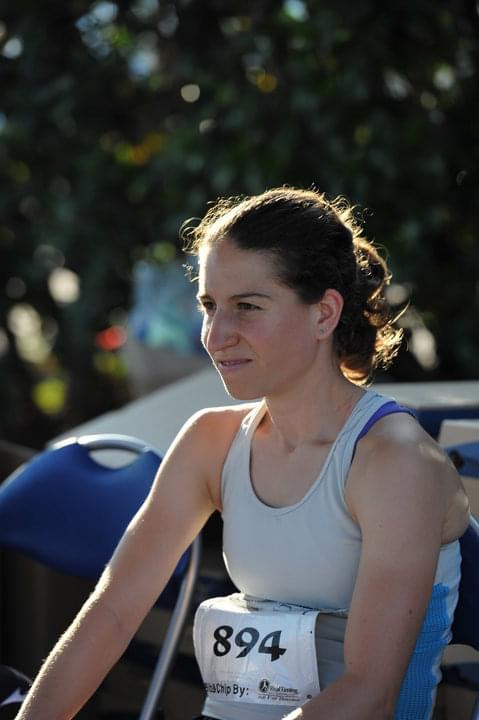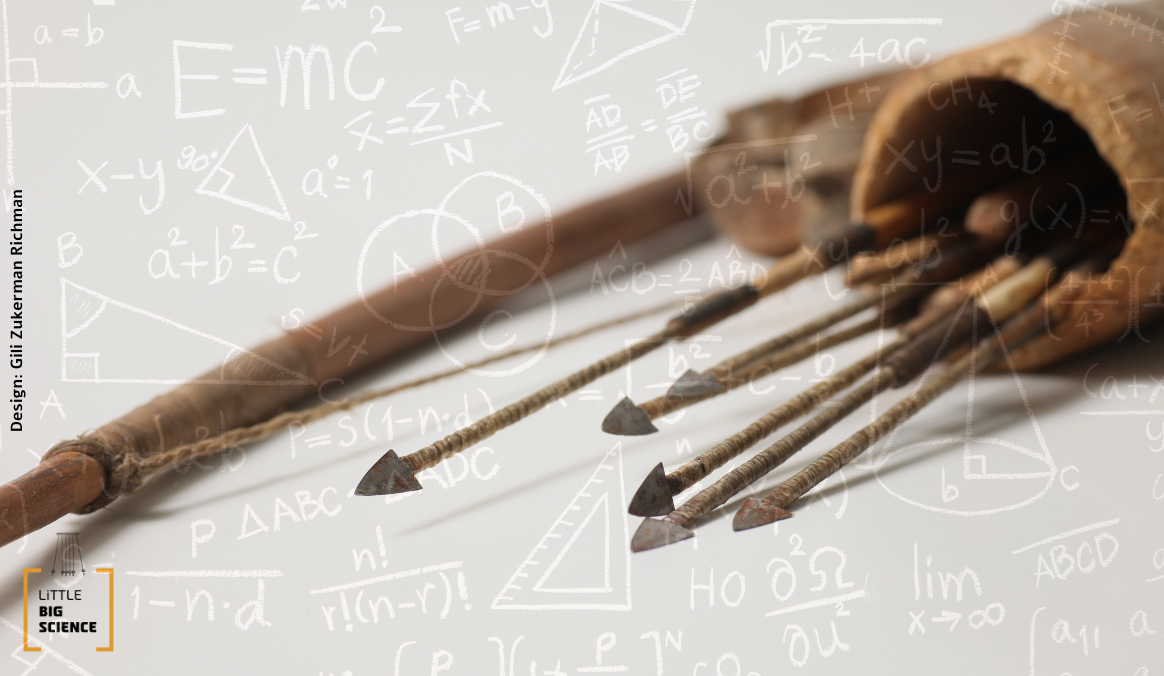
Michaela Moshe and Roy Dror represented Israel at the Paris Olympic Games in 2024. This was the first time an Israeli female archer participated in the Olympics, and the first time Israel sent two representatives for this sport. Although it may appear to be a primitive and seemingly simple weapon, the production of a bow and arrow, and their use, requires careful consideration of materials engineering, mechanics, and aerodynamics. In this post, we will explore these topics and keep our fingers crossed that the two Israelis hit the target.
Advertisement
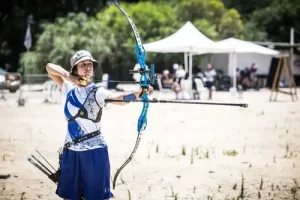
Michaela Moshe. Source: The Olympic Committee of Israel
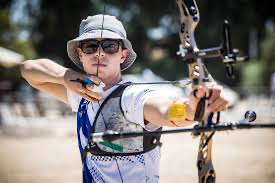
Roy Dror. Source: The Olympic Committee of Israel
Throughout history, the bow and arrow have been widely used as weapons for accurately hitting distant targets. The exact time of the bow’s invention is unknown. However, findings discovered in Sibudu Cave in South Africa suggest that bows and arrows were used as early as 70,000 years ago [1]. Initially used for long-range hunting, bows and arrows were later employed as weapons by English longbowmen, the Mongolian archers who shot from horseback (allowing rapid attack and mobility), Japanese samurai, and many others.
However, since this post is not about history, let’s consider the scientific aspect.
When the archer pulls the bowstring, potential energy is stored in the limbs of the bow [2]. This is analogous to compressing a spring [3]. The string and bow then transfer this energy to the arrow. See the formulas at the end of the post.
Once released, the arrow behaves like a bullet fired from a gun. If we neglect drag and significant aerodynamic effects, they both the bullet and the arrow follow a ballistic trajectory. Ballistics is the field that studies the motion of bodies with an initial velocity that move under the influence of a constant force not aligned with that initial velocity.
What is the best angle at which to aim an arrow in order to achieve the greatest range? There is no single answer, so archers learn to adjust both angle and the force of each shot according to the conditions. In ideal conditions with no air resistance or other disturbances, the angle for maximum range is 45 degrees. However, in reality the angle is different because the speed and path of the arrow are affected by various factors such as initial launch velocity, gravity, and even weather conditions.
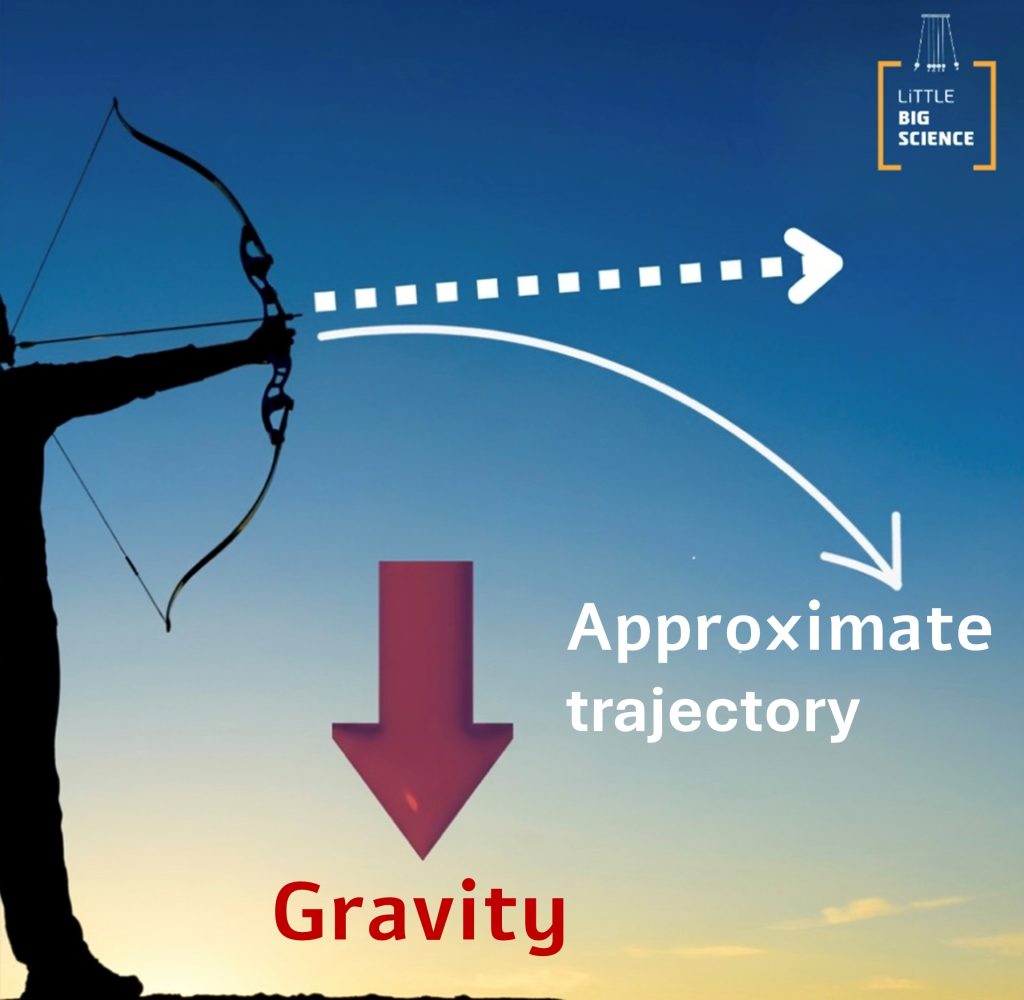
In addition to shooting technique, proper arrow design and material selection are crucial. First, the arrow must be made of a flexible material that can temporarily deform during energy transfer. In the past, arrows were primarily made of wood, typically beech or cedar. Nowadays, arrows are manufactured from aluminum, carbon fiber, or a combination of both. Training arrows and beginner arrows are generally made of fiberglass. These arrows are durable and relatively inexpensive, but less accurate and heavier than aluminum or carbon-fiber arrows. Choosing the right material requires a delicate balance: an arrow that is too stiff will break, whereas one that is too flexible may deform excessively during flight, resulting in energy loss and reduced accuracy.
Although we perceive the arrow as moving in a straight line, scientifically it actually “wiggles” on its way to the target (see video). Therefore, an arrow must be designed and built to be flexible enough to withstand these deformations while still travelling in a straight line to the intended point of impact.
In addition, the shape of the rear end of the arrow is crucial for stabilizing its flight. As it travels through the air, the arrow spins around its longitudinal axis, much like a bullet in flight. This rotation creates a gyroscopic effect that stabilizes the arrow. The gyroscopic effect is a physical phenomenon whereby a rotating body maintains the direction of its spin axis due to its angular momentum, thereby resisting changes to that direction. This effect ensures that the arrow stays on course, minimizing deviations from its intended path. The fletching on the arrow can be made of natural materials like bird feathers or synthetic materials such as plastic. The vanes are attached to the shaft at three or four evenly spaced points and arranged so that they spin the arrow during flight.
The length of the arrow also matters: the longer the arrow, the more stable it is, as it resists oscillations and provides a steadier center of mass. However, a longer arrow is heavier and less flexible.
Now let's take a look at the bow. In the past, bows were made from strong, flexible materials, that were locally available. The most common material was wood, though some bows were made from a combination of wood, horn, and animal sinew. Traditional Japanese bows (yumi) were made from bamboo and other natural materials. Today, bows are manufactured from combinations of materials that ensure strength, and durability, while remaining lightweight, thus enabling accurate shooting. Recurve bows used in Olympic competitions, for example, consist of wood, fiberglass (which provides flexibility and strength), carbon fiber (which has a high strength-to-weight ratio) and aluminum and magnesium (which give the riser stability and durability) [4]. There are also advanced bows called “compound bows,” which are mainly used for hunting and in certain competitions. These bows incorporate a system of cams and pulleys that enables archers to exert less force while achieving greater accuracy, speed, and range [5].
In summary, the bow and arrow offer an excellent way to demonstrate the principles of physics and ballistics, particularly those relating to energy transfer, mechanics, and aerodynamics. Understanding the science behind them, allows us to appreciate the ancient craftsmen who made these tools and the skilled archers who used them. However, we must also keep in mind that unpredictable factors can affect the physics of archery. For example, wind and temperature can impact the behavior of the bow, change the trajectory of the arrow, and affect the outcome of the shot.
Good luck to the two Israeli archers in the Olympics 🙂
Hebrew editing: Smadar Raban
English editing: Gloria Volohonsky
Calculating the energy transferred from the bow to the arrow
In simplified form, we can define the potential energy at the moment of release as the energy stored in a streched spring when drawing the bow and released upon letting go:
Ep = 0.5 · k · x²
k: the stiffness of the bow limbs, modeled as a spring that stores energy when the elastic limbs are loaded and transfers it to the arrow when released.
x: the draw length of the bow.
At the moment of release, this energy is converted to kinetic energy according to the formula:
Ep = Ek = 0.5 · m · v²
m: mass of the arrow
v: velocity of the arrow.
References:
[1] Discovery of ancient bows and arrows
[2] Video explaining how bows work
[3] FuseSchool video explaining springs



